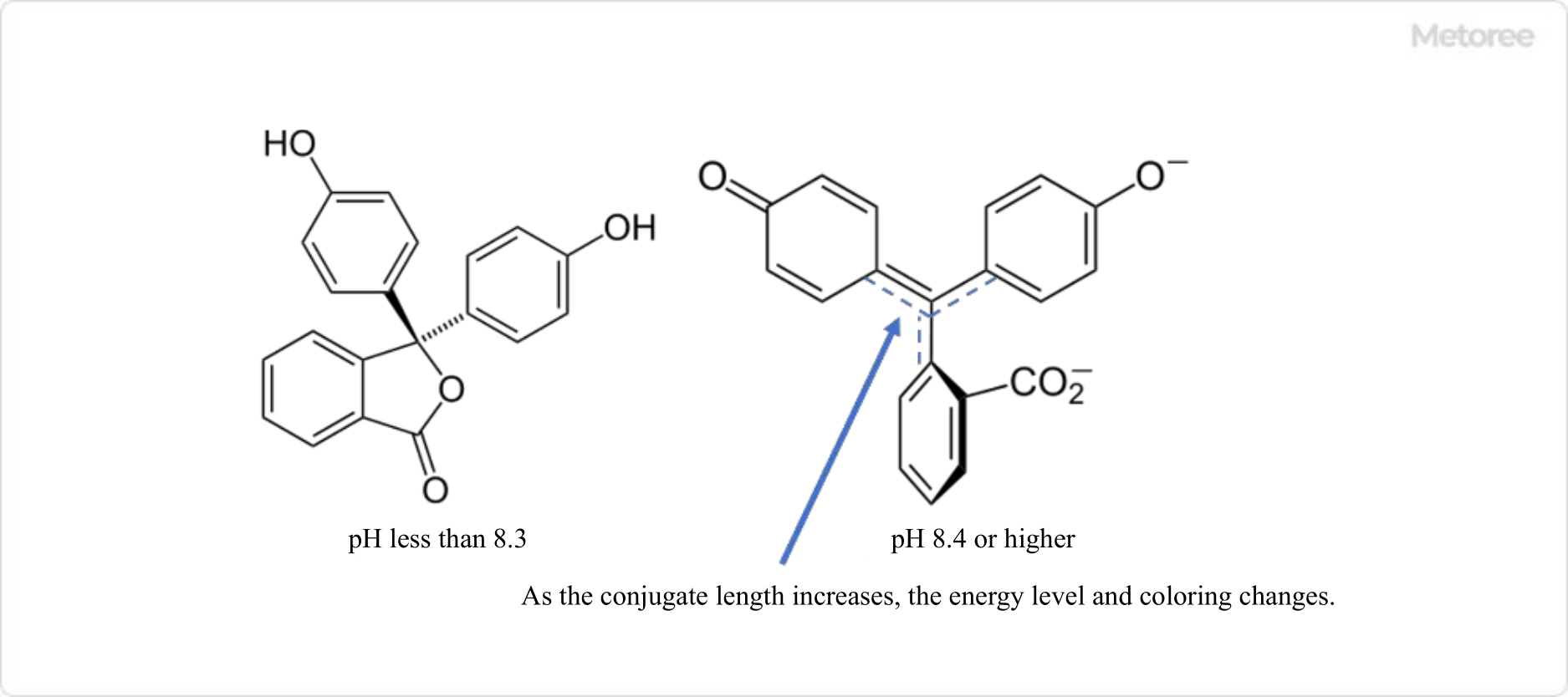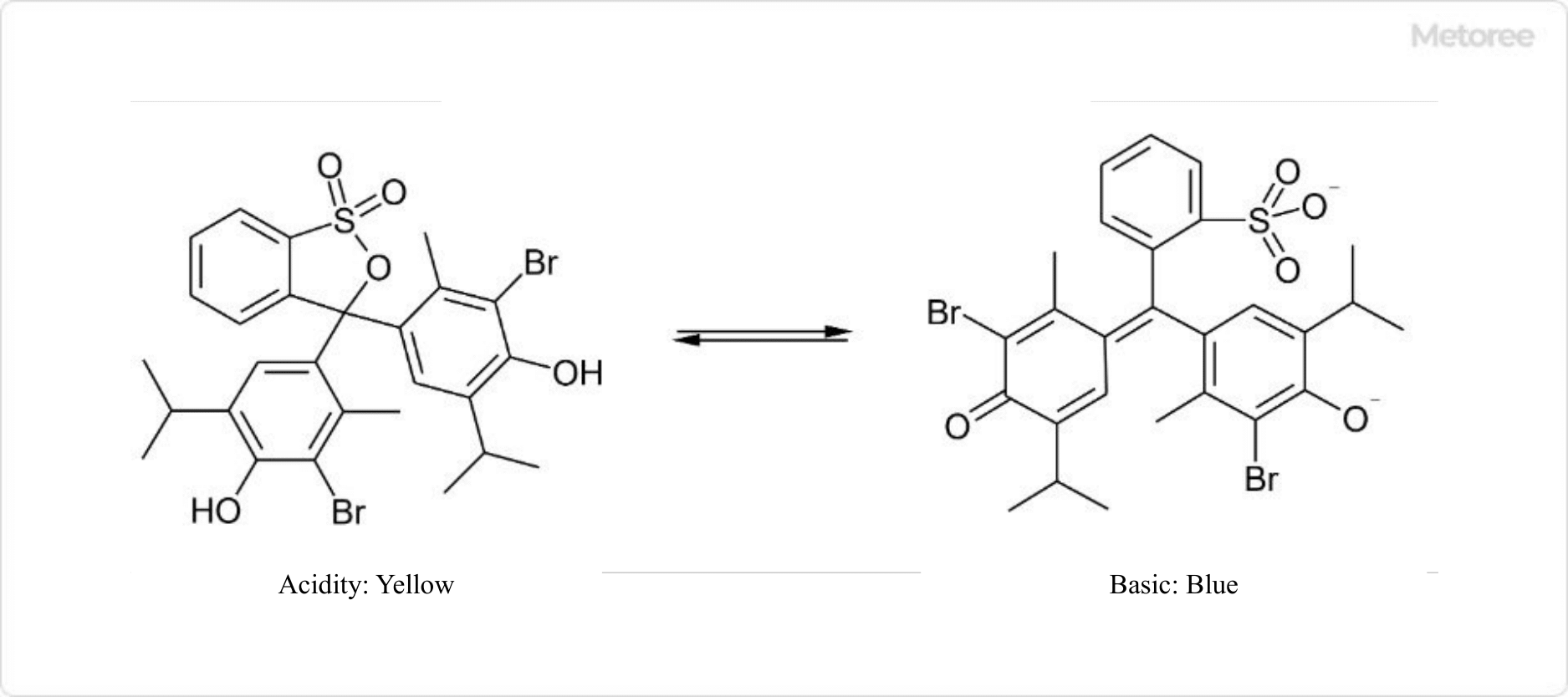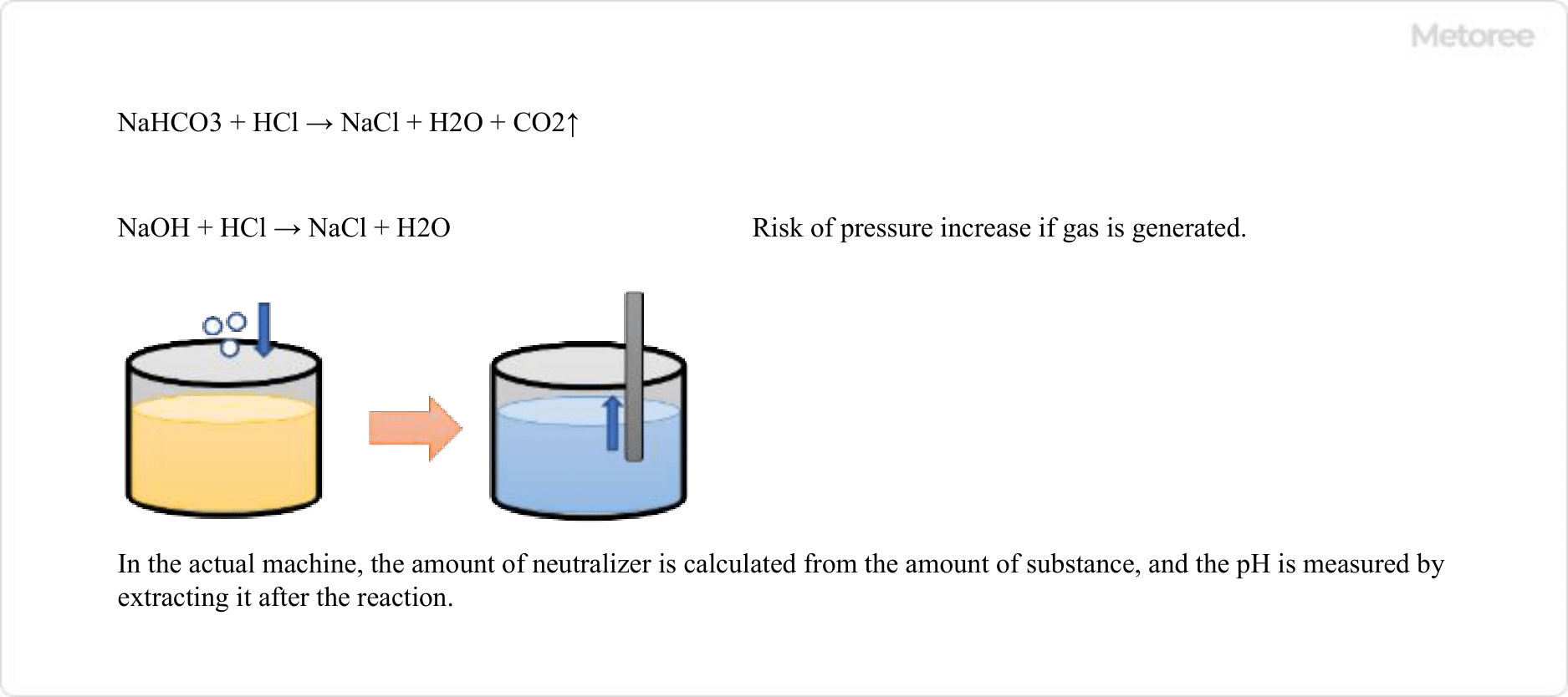What Is a Pipe Joint?
A pipe joint is a component used to connect pipes together. Also known as a joint or connector, pipe joints include various types such as ferrules and couplers. This text focuses on the most commonly used threaded pipe joints. Pipe joints differ in shape based on the connection’s direction, number, and diameter, with the material choice depending on the pipes being connected.
Typically, joints are made from the same material as the pipes, though there are joints designed for connecting different materials, such as PVC to cast iron. Selection of pipes and joints must consider the fluid type, environmental conditions, and desired service life.
Uses of Pipe Joints
Pipe joints facilitate the connection of pipes. Threaded pipe joints vary depending on the connection’s direction, number, and diameter.
Examples include elbows (street elbows) for 90° bends, sockets (nipples) and couplings for straight connections, bushings for different diameter connections, caps (plugs) for closing pipe ends, and tees for three-way branching.
These products are further categorized by whether they connect to internally or externally threaded pipes and are sold by diameter, requiring careful selection to ensure compatibility.
Features of Pipe Joints
Threaded pipe joints feature either external or internal threads, matching the threading of the pipes they connect. Sealing tape is typically wrapped around the threads to seal and secure the connection.
Pros
Connecting pipe joints does not require welding or gluing, simplifying repairs and maintenance.
Cons
Connecting threaded pipes can be time-consuming. Additionally, using a pipe wrench may damage the plating, often necessitating repair of the affected area.
Types of Pipe Joints
Pipe joints are classified by their connection type and application.
1. For Linear Connection
Sockets or unions are used for straight connections between two external threads, while nipples are used for internal threads. Bushings connect threads of different diameters, primarily to extend pipes.
2. Bending and Connecting
Elbows are used for 90° bends, and 45° elbows for 45° bends. Street elbows connect an external thread to an internal thread at a 90° angle.
Use elbows or street elbows instead of bending pipes directly.
3. When Connecting in Multiple Directions
Tees are used for T-shaped 3-way branching, and crosses for 4-way branching.
4. When Used at the End
Caps close the end of an external thread and plugs close the internal threads.
How to Select Pipe Joints
Choose pipe joints made of the same material as the pipes. Each material suits specific applications and purposes. Key materials include:
1. Galvanized Joints
Hot-dip galvanized surfaces offer rust and corrosion resistance, suitable for various fluids and gases, including industrial and cooling water, fire water, and oil.
2. Black Fittings
Made from black core malleable cast iron without plating, these fittings are suitable for a wide range of fluids, including water, oil, steam, gas, and air, noting slight differences from galvanized fittings.
3. Epoxy Resin Coated
Resin-coated joints are used for water and other fluids up to 40℃, excluding high-temperature applications.
4. PVC Pipe Joints
Made from rigid polyvinyl chloride, PVC joints vary in heat resistance: 60°C for VP pipes and 90°C for HT pipes.


